Rehabilitation is not limited to weekly physical therapy sessions; it is a continuous physiological reconstruction process that demands consistent, daily effort. Many patients, after receiving clinic treatment, fall into a passive "waiting-to-heal" state at home, lacking systematic and safe daily training—which often leads to slow progress or even secondary injuries.
The Challenge: Traditional free weights carry high risks in the initial stages of recovery and struggle to offer fine-grained resistance control.
The Solution: A scientifically designed home rehabilitation system that shifts recovery from "passive treatment" to "active rebuilding" is the key accelerator for recovery.
1. The Three Core Principles of Rehabilitation and VRT Technology
Effective rehabilitation training must adhere to the following three principles, and the VIMEXCITER VRT Variable Resistance System is the best tool for executing them.
1.1 Progression: Precisely Rebuilding Tissue Strength
The key to recovery is the gradual, progressive rebuilding of tissue strength and functional capacity. This means the training load must be dynamically adjusted as recovery progresses.
VIMEXCITER Advantage: The MF05 Rehab Host offers extremely fine resistance adjustments, allowing users to begin from the minimum resistance and increase the load slowly in small, controllable increments. This avoids the sudden risk caused by large weight jumps in traditional dumbbells or plates (ee.g., 5 lb or 10 lb increments).
1.2 Control: Eliminating Momentum for Uniform Full-Range Stimulation
Rehabilitation requires movements to be slow and controlled to enhance neuromuscular recruitment
VIMEXCITER Advantage: The core of the VRT™ Variable Resistance System is its ability to dynamically adjust resistance, ensuring uniform tension is applied throughout the entire range of motion, including the eccentric phase. This prevents the issue of resistance suddenly vanishing at specific joint angles common with free weights, ensuring full-range control, which is crucial for joint protection and functional rebuilding.
1.3 Pain-Free Movement: Returning to Natural Trajectories
Training must occur without pain. This requires equipment that can adapt to the body's natural, non-vertical movement paths.
VIMEXCITER Advantage: Our system uses smart cable resistance, offering full-range freedom of motion. This non-fixed-path training style avoids the unnatural shear forces that traditional Smith machines can impose on injured joints, allowing rehab movements to align with the body's most natural biomechanics.
2. Equipment Choice: The MF05 Rehab Host—A Model of Safety and Adaptive Design
A qualified home rehabilitation system must feature low impact, high stability, and fine adjustment capabilities.
2.1 MF05: Designed Specifically for Safe Rebuilding
The MF05 Rehab Host was designed after VIMEXCITER founder Winson's personal experience with injury recovery, integrating professional needs into the design. It possesses the following key features:
Minimalist Operation and Secure Locking: Users can operate and lock the resistance completely independently, enhancing the sense of safety and autonomy, overcoming the feeling of isolation during home training.
High Stability System: Paired with a high-stability balance platform or multi-anchor point kit, the system ensures users receive reliable support when performing single-leg or balance training. This adaptive design is highly suitable for users who require stability and assistance.
2.2 Space Advantage: Keeping the Rehab Space Clear
Rehabilitation requires a clean, uncluttered environment. Bulky equipment is a major obstacle.
VIMEXCITER Advantage: Our Wall-Mounted Multi-Station features a slim foldable design, folding to a thickness of just 8.3 INCH. This keeps your rehabilitation space clear and barrier-free, avoiding the visual and physical obstruction of traditional equipment.
3. Professional Collaboration with a Physical Therapist (PT)
Home-based rehab training is an effective complement to clinical therapy but must never replace professional guidance.
Recommended Collaboration Model:
- Professional Approval: All training movements and intensities must be approved by a professional physical therapist after assessment.
- Dynamic Adjustment: Flexibly adjust the VRT™ system's resistance settings based on your therapist's advice and recovery progress.
- Recommended Low-Impact Rehabilitation Exercises (Suitable for Most Lower-Body and Core Recovery Scenarios)
|
Exercise |
Target Muscles |
Rehab Value |
Home Execution Tips |
|
Box Squat |
Quadriceps, Gluteus Maximus, Core |
Improves knee stability, rebuilds lower-body strength, limits depth to protect joints |
Use a low stool or dedicated box; add resistance band assistance in early stages |
|
Chest Press |
Pectoralis Major, Anterior Deltoid, Triceps |
Restores upper-body pushing function, enhances shoulder girdle stability |
Use dumbbells or fixed equipment; beginners can substitute with resistance bands |
|
Seated Row |
Latissimus Dorsi, Mid/Lower Trapezius, Rhomboids |
Corrects rounded shoulders and poor posture, enhances spinal stability, prevents chronic strain |
Perform seated with neutral spine; use resistance bands or cable system |
The Healing Power of Variable Resistance Bands: Reiterating Their Unique Advantages in Rehabilitation
Dynamic Resistance Matches Recovery Needs:
At the beginning of joint motion, when muscles are weakest, resistance bands provide low initial resistance; As the joint moves into a stronger range, resistance naturally increases—perfectly aligning with the body’s strength curve during recovery.
Reduces Joint Shear Forces:
Compared to free weights, elastic resistance exerts less impact on joints like the knee and shoulder, lowering the risk of re-injury.
Practical Applications
-
- Post-knee surgery: Banded straight leg raises to reduce joint stress;
- Rotator cuff recovery: Low-resistance band external rotation to activate the infraspinatus;
- Ankle instability: Band-resisted inversion/eversion exercises to improve proprioception.
The Ideal Rehab Partner: The Vimexciter Multi-Functional System
Why It’s the Perfect Home Gym for Rehabilitation?
- High Safety: Designed Specifically for Recovery
- Stable frame with anti-slip hooks to prevent shifting during exercise;
- Adjustable seat and armrests to accommodate different heights and injury conditions;
- Emergency stop cord for immediate response to discomfort.
Conclusion: From "Recovery" to "Rebuilding"
Rehabilitation is not just about returning to your previous state—it’s an opportunity to rebuild a stronger, smarter body. With a scientific home-based rehab system, combined with the biomechanical advantages of variable resistance bands and the comprehensive support of the Vimexciter system, you can not only safely navigate the post-injury phase but also establish lasting exercise habits to prevent relapse and achieve true post-injury transformation.
Remember: Every controlled movement is a firm step toward better health.







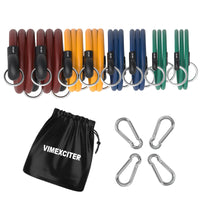

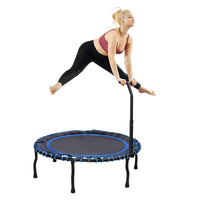
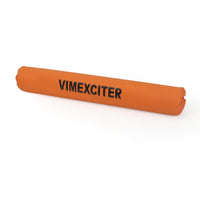

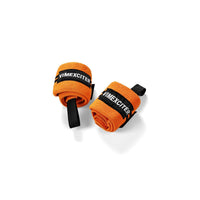
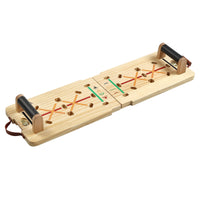
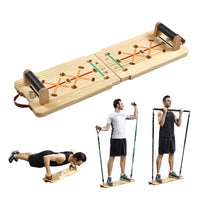

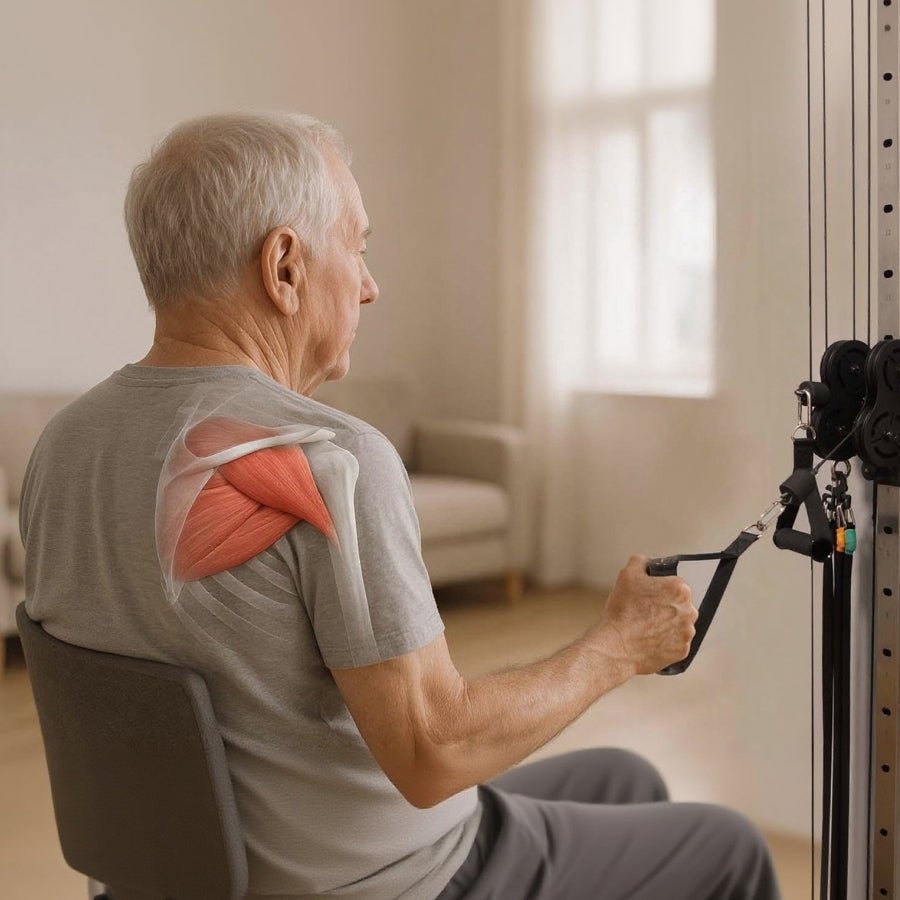

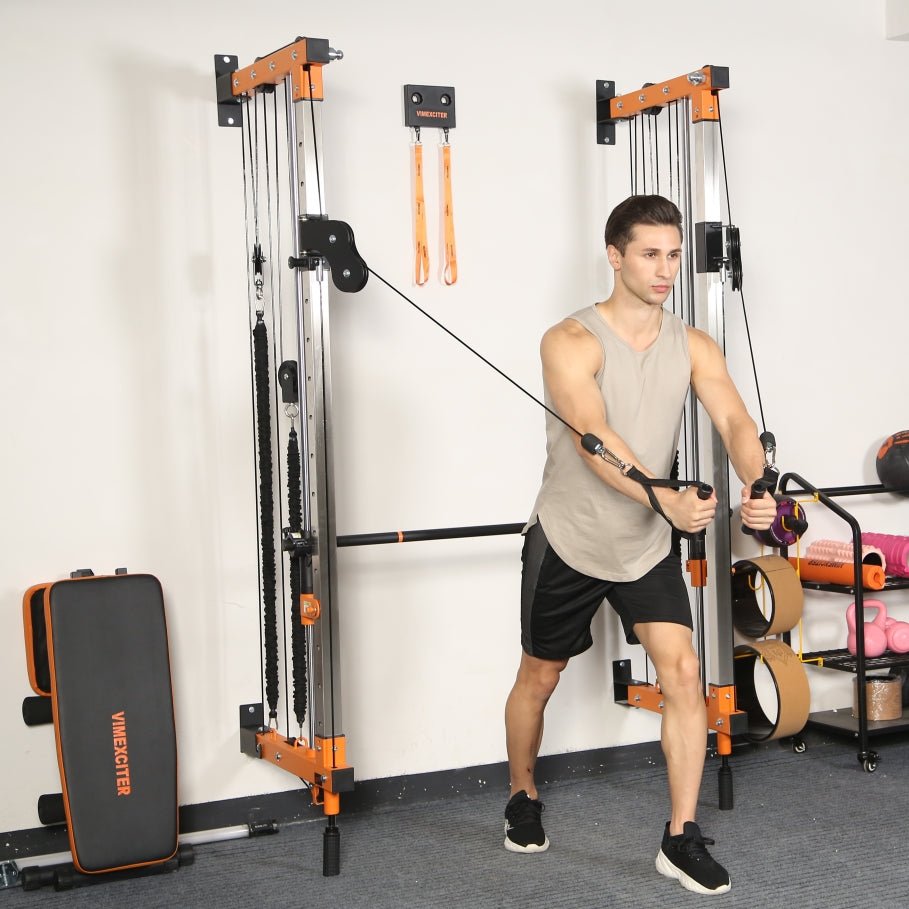
Leave a comment
All comments are moderated before being published.
This site is protected by hCaptcha and the hCaptcha Privacy Policy and Terms of Service apply.